I have tried to reproduce the same in my environment.
- Created self signed certificate

It is then being uploaded to my app registration

Checked the manifest to confirm

"keyCredentials": [
{
"customKeyIdentifier": "xxx",
"endDate": "2023-01-31T00:00:00Z",
"keyId": "xxx",
"startDate": "2023-01-23T00:00:00Z",
"type": "AsymmetricX509Cert",
"usage": "Verify",
"value": "xxx",
"displayName": "my new ssc"
}
using postman

code given:
using System;
using PnP.Framework;
//using OfficeDevPnP.Core;
//using Microsoft.SharePoint;
//using Microsoft.SharePoint.Client;
using System.Threading.Tasks;
namespace spoapprepo
{
class Program
{
static async void Main(string[] args)
{
var clientId = "xxx";
var certPath = "C:\\xxx\\selfsigned.pfx";
var certPassword = "xxx";
var tenantId = "xxx";
var siteUrl= "https://contoso.sharepoint.com";
AuthenticationManager authManager = new AuthenticationManager(clientId, certPath, certPassword, tenantId);
Try{
using (var cc = await authManager.GetContextAsync(siteUrl))
{
cc.Load(cc.Web, p => p.Title);
await cc.ExecuteQueryAsync();
Console.WriteLine(cc.Web.Title);
}
Console.WriteLine("Hello World!");
}
}
}
}
catch(ex)
{
Ex.message();
}
Try using if-else and try-catch block to catch the exact error.
As getcontext uses current users credentials , but here we are intended to use app only context.
If users login is not having privileges to access the sharepoint or when entered wrong Login details , the 401 unauthorized usually occurs.

If the user profile needs to be read , it needs user.read permission.

But note the limitation Accessing SharePoint using an application context, also known as app-only | Microsoft Learn here.
User Profile CSOM write operations do not work with Azure AD application Only read operations work.
For writing you need to user to login, use SharePoint App-Only principal
Reference : azure active directory - SharePoint PnP AuthenticationManager login with current user - Stack Overflow








